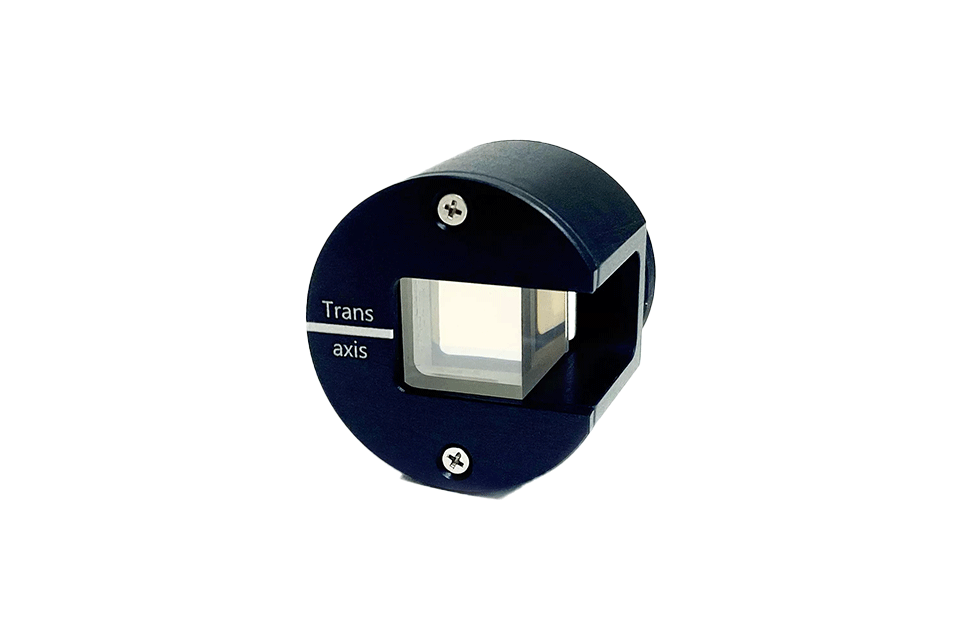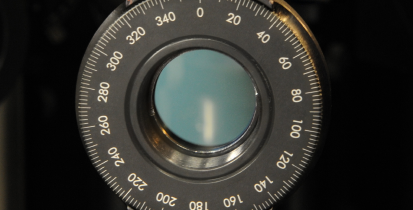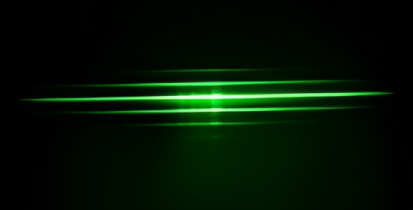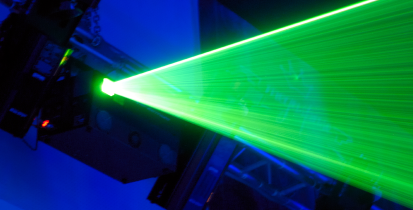

Stock Available
Bespoke Ordering Available

Knight Optical is a leading provider of precision optical components, including those made from calomel, a mercurous chloride (Hg2Cl2) crystalline material known for its wide transmission range and remarkable properties.
Calomel, with its exceptional transmission range from 0.38µm to 17µm, is renowned for its applications in infrared optics, making it a preferred choice for specialists seeking materials with specific calomel properties.
The calomel transmission range enables its use across visible to the long-wave infrared (LWIR) region, highlighting why calomel is so valued in calomel infrared optics. Its strong birefringence of Δn=0.683 and optically positive nature (ne > no) underscore its unique calomel properties. The material’s high extinction ratio between 2.5 to 17µm (ER > 1:15000) and a high figure of merit, M2, for acousto-optical devices further showcase what calomel is used for in advanced optical applications.
What is calomel used for?
Calomel excels in infrared polarisation and acousto-optical components. It stands out as one of the few materials suitable for LWIR applications demanding high performance in calomel refractive index and calomel transmission range.
Calomel is used in a variety of optical components. Broad calomel uses include:
- Glan-Foucault polariser
- Wollaston polariser
- Polarising beamsplitters
- Acousto-optical tunable filters
Furthermore, we’re capable of custom-manufacturing optical components such as prisms, windows, cubes, blocks, and wedges to meet specific requirements, thanks to calomel’s various properties.

Speak to our experts about your Custom Calomel needs today
Call +44 (0)1622 859444Make a quick enquiry about Custom Calomel Now
Dive into the forefront of optical solutions. Got questions about an optical product? Reach out now and let our expertise guide you.
Optical Properties and Metrology Testing
With our advanced metrology laboratory, customers can have complete confidence in the quality and performance of their calomel infrared optics components, ensuring they meet the exact calomel properties necessary for their applications. Discover more about how our testing facilities here.
Below is a summary of Calomel’s optical properties.
| Transmission Range | 0.38 to 15µm |
|---|---|
| Refractive Index | no 2.122, ne 3.190, Δn=+1.068 @ 380 nm |
| Refractive Index | no 1.950, ne 2.548, Δn=+0.598 @ 700 nm |
| Refractive Index | no 1.900, ne 2.449, Δn=+0.549 @ 3500 nm |
| Refractive Index | no 1.890, ne 2.445, Δn=+0.547 @ 10 000 nm |
| Density | 7.19 g/cm3 |
|---|---|
| Melting Point | 525°C |
| Hardness | 1.5 Mohs |
| Operating Temperature | -5°C to 60°C |
Frequently Asked Questions
-
What is calomel, and what are its primary uses?
-
Calomel, chemically known as mercurous chloride (Hg2Cl2), is a mineral and chemical compound historically used in various applications, including medicine, as a purgative and in the treatment of syphilis. In modern times, its usage has shifted primarily to scientific fields, such as electrochemistry, where calomel serves as an electrode in calomel reference electrodes, and in some niche optical applications due to its specific transmission and reflective properties.
-
How is calomel used in infrared optics?
-
In infrared optics, calomel has been explored for its potential use due to its specific transmission characteristics in the infrared range. While not as common as other materials, calomel can be utilized in specialized optical components where its unique infrared transmission properties are advantageous, particularly in certain spectroscopic and analytical applications requiring material with specific infrared responses.
-
What are the notable properties of calomel that make it suitable for optical applications?
-
Notable properties of calomel that may influence its suitability for optical applications include its low refractive index and unique transmission range, particularly in the infrared spectrum. However, its application in optical systems is limited compared to more conventional optical materials due to factors like toxicity and chemical stability. Its usage is typically confined to specific, controlled environments where its distinct properties can be safely and effectively employed.
-
What is the transmission range of calomel, and how does it affect its optical applications?
-
Calomel’s transmission range is primarily in the infrared region, although it is not commonly used in standard optical components due to safety and environmental concerns. In specialized cases where calomel is used, its transmission range is considered for applications that require specific infrared wavelengths, such as certain types of spectroscopy or chemical analysis, where its unique transmission properties may be beneficial.
-
What is the refractive index of calomel, and why is it important in its applications?
-
The refractive index of calomel is a crucial optical property that influences how light is transmitted and refracted through the material. While exact values may vary based on the spectral range and conditions, understanding calomel’s refractive index is essential for designing and implementing it in specific optical systems, particularly in specialized environments where its unique optical properties are required.
-
Can calomel components be custom-fabricated for specialized optical devices?
-
While Knight Optical does not specifically advertise calomel components due to its rare and hazardous nature, custom fabrication of optical materials typically depends on the material’s applicability, safety, and environmental impact. For materials like calomel, which are less common and have significant health and safety considerations, customization would be highly specialized and subject to stringent regulations. Typically, the optical industry prefers safer, more stable alternatives for infrared applications, such as germanium or silicon, especially for commercial and research purposes.
Is your question not here?
We are ready and waiting to answer any queries you may have about calomel.
Additional Information
History
The first single crystal of calomel was produced in 1969 in the Czech Republic.
Birefringence
The birefringence it exhibits is the highest known for a crystalline material, almost four times higher than calcite.
Extinction Ratio
The extinction ratio it exhibits in the IR region is >1:15000.
Safety Data Sheet
Calomel’s safety data sheet is available here.
Available Stock

Get in touch with us:
With our in-house state-of-the-art metrology laboratory you can be confident that your optical components will meet your requirements. You can find out more about our testing facilities here.

Operating for over 30 years
Knight Optical has been operating for over 30 years, with our managing director Colin Overton at the helm. Over this time, we have become a global leader in the production and distribution of scientific optical components and bringing quality into focus for all of our products and services that we provide.
Our Catalogue
Inside Knight Optical’s catalogue you’ll find details of the industries we serve as well as the many other services we can offer. It also showcases hundreds of our most popular products, supported by useful technical information, to help you choose the right part for your application.
Click below to view our digital catalogue now.



